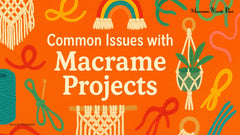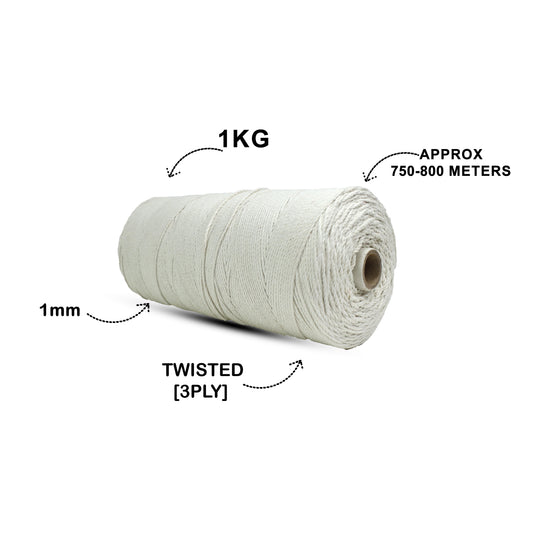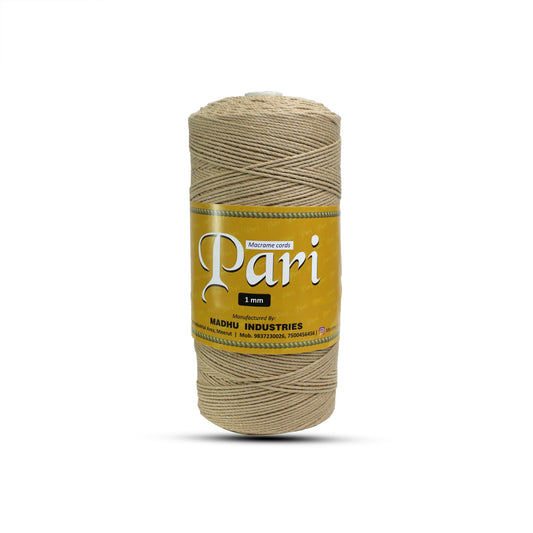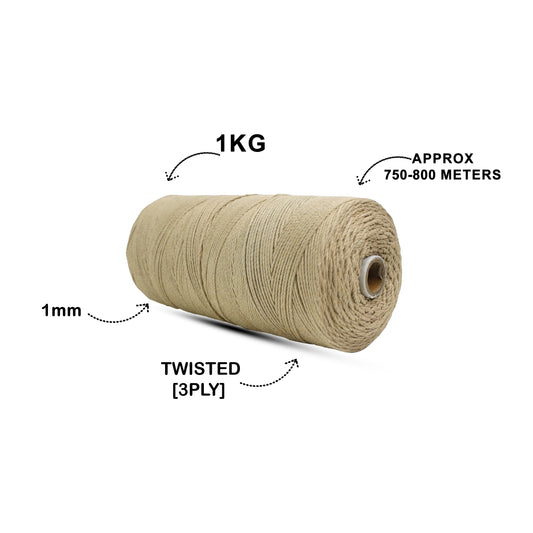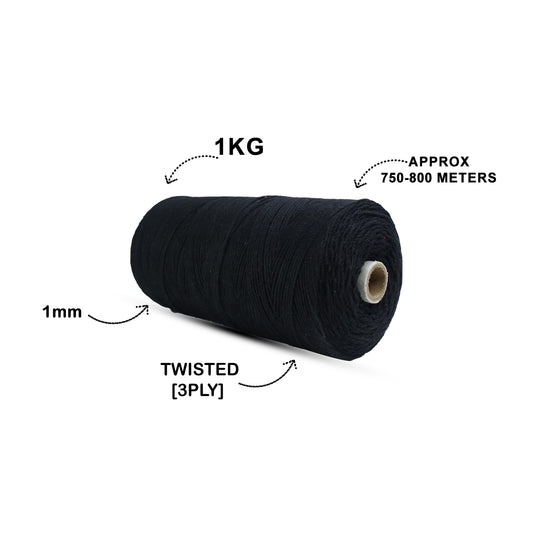How Macrame Craft Training Can Transform Rural Livelihoods with Sustainable Income
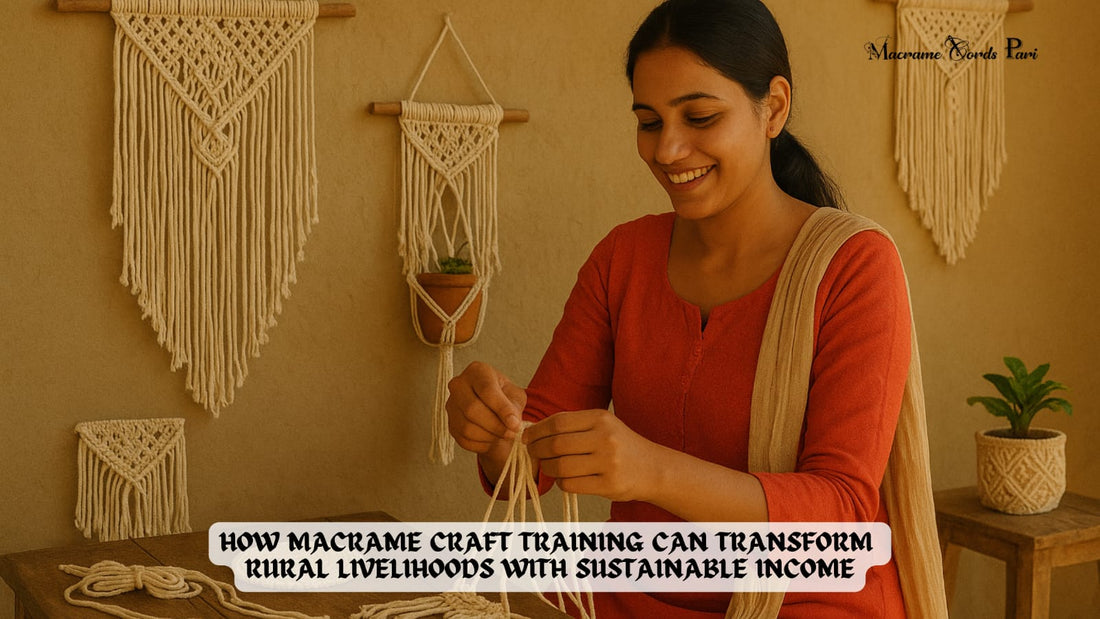
When a single knot holds the power to change a life, craft becomes more than art; it becomes the source of livelihood!
Macramé is the bustling art of knotting cords into beautiful patterns. It has travelled centuries from adorning palaces in ancient times to decorating modern bohemian homes precisely. Today, the traditional craft is no longer confined to décor enthusiasts, but it has travelled beyond the geographical scope. It is slowly emerging as a powerful tool for the empowerment of women.
It is particularly among rural communities where sustainable livelihood opportunities are scarce. With proper macramé craft training, rural artisans can gain not just creative expression but also financial independence in their artwork. It is building a bridge between heritage skills and modern markets. Thereby, it is leading the global world with economic viability and opportunities.
In this blog, you will understand how macrame craft training can transform rural livelihoods with sustainable income.
Macrame Craft Training: Transforming Livelihoods
Reviving Tradition with a Modern Touch
Macramé has always been known for carrying an essence of tradition. However, its beauty lies in its adaptability and flexible knotting techniques. From wall hangings and plant holders to jewellery and handbags, the versatile designs of macrame appeal to the urban markets.
Macrame Cords Pari takes pride in helping rural communities through macramé; they are not just teaching them knots and cords, but they are reviving an art form that resonates with modern design. The fusion of traditional skill and contemporary demand makes it an ideal art form for rural livelihoods.
Skill Development for Economic Growth
For many rural families, income is limited to seasonal farming or low-paying labor. Macramé training provides a new avenue for skill-based employment that requires minimal investment in raw materials. All that is needed is cotton cords, creativity, and consistent practice to decorate spaces seamlessly. Once the artists are trained, artisans can produce a range of products suited for domestic and international buyers. In addition, skill development in macramé helps break the cycle of dependency. It is giving communities a chance to build financial stability through arts and crafts.
Empowering Women and Youth
One of the most vibrant impacts of macramé training is its ability to empower women and young people. In many rural areas, women’s participation in the workforce is limited due to cultural and household responsibilities. Macramé provides them with an opportunity to work from home, balancing family duties while generating income. Similarly, the rural youth facing unemployment, but craft training can become a gateway to entrepreneurship and economic creation. In addition, artists can explore online platforms, local exhibitions, and even collaborate with designers to market their creations with ease.
Building Sustainable and Eco-Friendly Livelihoods
The modern consumer is increasingly conscious of sustainability. Macramé products are primarily made with natural cotton cords and eco-friendly materials. They align perfectly with the growing demand. The training of rural artisans in sustainable macramé practices not only gives them a competitive edge but also encourages them to become conscious of the environment. The eco-friendly aspect of macrame makes its products attractive to both domestic and global buyers. In addition, it strengthens the foothold in the growing sustainable lifestyle market.
Access to Market Opportunities
Skill without access often leaves rural talent untapped. The quality-rich training programs in macramé must therefore go hand in hand with market linkage. Training programs connect artisans to urban retailers, e-commerce platforms, and international fairs. The artisanal creation can reach buyers who value handcrafted work. With proper branding, packaging, and digital exposure, rural artisans can turn their craft into a thriving business. Over time, the collective groups or cooperatives can be formed. Hence, it ensures better bargaining power and visibility in competitive markets.
Social Impact Beyond Income
The impact of macramé training in rural livelihoods is not just limited to financial gain. It tends to increase self-confidence, strengthen community bonds, and preserve cultural identity. When artisans see their creations getting appreciated globally, it instills pride and dignity in their work. Moreover, it encourages younger generations to value traditional crafts instead of migrating to cities for unstable jobs. It creates a ripple effect of stronger families, stronger communities, and a sustainable rural economy.
Macramé: The Side Hustle Your Grandma Always Knew About
Macramé training programs hold immense potential to transform rural livelihoods. But the success predominantly relies on the structured implementation of macrame art. The continuous training, access to quality macrame cords, digital literacy, and business mentorship can amplify the impact of growth in the financial domain. With government support, NGO initiatives, and private collaborations, macramé can become more than an art form; it can be the foundation of sustainable rural income.
Macramé proves that even the simplest of knots can weave powerful stories of resilience and opportunity. The investment in craft-based training allows rural communities can embrace self-reliance, financial security, and a renewed sense of purpose. What may begin as threads and knots eventually ties together livelihoods, dignity, and sustainable futures.
Be the reason a knot becomes a livelihood. Shop at Macrame Cords Pari, support dreams, and embrace sustainable living!




